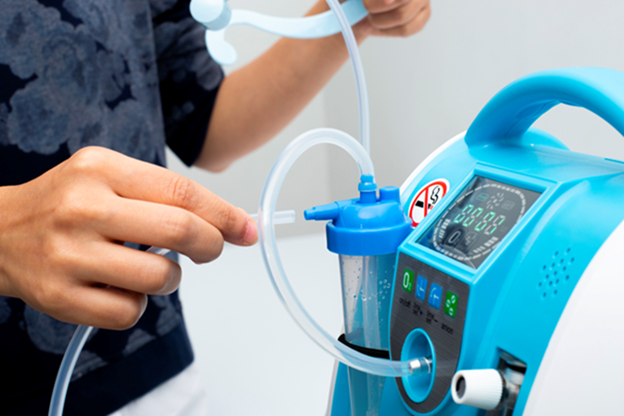
When selecting an appropriate material for life-saving medical devices, there are many factors to consider such as cleanliness, sterilization, stability, sustainability and cost — just to name a few. When rubber was successfully created in the early 1900s, it didn’t take long for researchers to determine that rubber, in its various forms, solve many problems.
Here are some of the benefits medical-grade rubber has brought to the medical industry.
Selection
Rubber is all around us. It is used in foodservice products and vehicles as well as regular use in medical offices. Medical rubber is classed differently than other types of rubber, including FDA-approved food rubber.
Despite many available polymers, silicone is the best rubber compound for medical devices because it meets many of the standards required by the FDA. Silicone is a unique rubber because it demonstrates a certain level of biocompatibility for medical applications.
Unlike latex, which is a natural elastomer, silicone is a safe material for most hospitals for a host of reasons. Where latex allergies are fairly uncommon, silicone allergies are extremely rare. Even if someone doesn’t have a documented allergy to latex, it’s not uncommon for latex medical devices to introduce a variety of problems. Doctors who prefer silicone devices for their patients note a decrease in phlebitis and sepsis, lower catheter insertions and a reduced risk of premature balloon deflation. The only benefit latex has over silicone is that latex is cheaper.
However, as an elastomer, silicone has its own shortcomings. For example, silicone is highly susceptible to materials fatigue. Fatigue is a phenomenon when the material becomes brittle and cracks.
Because there is no perfect polymer, rubber manufacturers are constantly developing different polymers and elastomers to compete with silicone and latex. Often, these elastomers and polymers are the best fit to do something specific. An example of this is Viton fluorocarbon. One of fluorocarbon’s best applications is a vacuum seal or an o-ring.
Sterilization
Many people think of sterilizing rubber as simply a matter of boiling water or adding steam, but when utilizing rubber in a medical setting, the sterilization process needs to be significantly more dependable. The FDA approved a variety of methods to sterilize medical equipment such as, but not limited to, moist heat (aka steam), dry heat, radiation and gas-related methods (e.g., ethylene oxide gas).
Medical-grade sterilization is essential for the health and safety of patients, so the materials used in the products have to be able to withstand any number of processes. Viton fluorocarbon has been proven to withstand the essential heat to ensure the appropriate sterilization of those products.
Stability
Though silicone is a fairly dependable product, the fatigue of the material can be a significant concern for users. Another issue that medical professionals need to consider is poor strength and brittle products due to inappropriate vulcanization practices.
Stability is a critical consideration for medical-grade rubber devices because rubber is a compound that can deteriorate very easily, depending on the product and its use. It doesn’t make sense to use a polymer in a medical device that will be stressed daily that is highly likely to deteriorate.
The Viton fluorocarbon o-ring is incredibly stable. Unlike some brands of polymers, the o-ring is rated for regular use with low rates of wear. Even with repeated use, the Viton fluorocarbon o-ring maintains a stable and dependable vacuum seal.
Rubber's Versatility in the Medical Industry
Medical-grade rubber has changed the way that medical professionals approach materials selection and invention. Just a few small considerations of types of rubber, sterilization compatibility and general product stability will help ensure the proper material is used in every medical device.